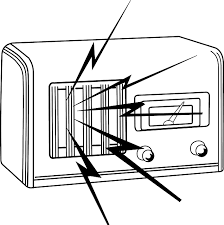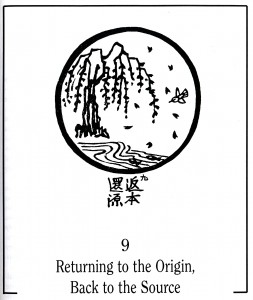In the age of social media I see people sending pictures, leaving brief comments on the news, and sharing great amounts of information created by corporations and networks. I also enjoy the abundance of data that is always available through a simple click on my phone, but I worry that we do not balance our consumption of stories with the ability to create and share our own stories. Do you devote more time to consuming or creating? Do you ever share your story? Do you reflect on the truth encapsulated within your own experience?
As you move through your daily life, become aware of the way you can transform the consumption of stories into the creation of your own story. By cultivating your creativity and storytelling abilities, by writing and sharing, you will be able to empower yourself, and become less dependent on the overload of information created by corporations and media networks. Your inner and outer sense of freedom depends on your ability to make sense of the truth within yourself. To practice your ability to tell your story, try this exercise:
- Breath in and out, and notice the difference between “knowledge” (what you were taught by others) and “knowing” (what you learned by living your life).
- Evaluate whether or not you feel ready to share your story. Open the heart to the possibility of coming out with a secret to somebody, maybe even your best friend.
- Breathe in deeply, breath out slowly. Look for the reaction inside of you as you become yourself in a place of safety and compassion.
- Without repressing anything, with openness and clarity, allow your story to be out there in the sun, finally not hiding from yourself or others. Let the wisdom of your story flourish out in the open, like a flower finally opening its petals to the sun.
Juan Velasco











